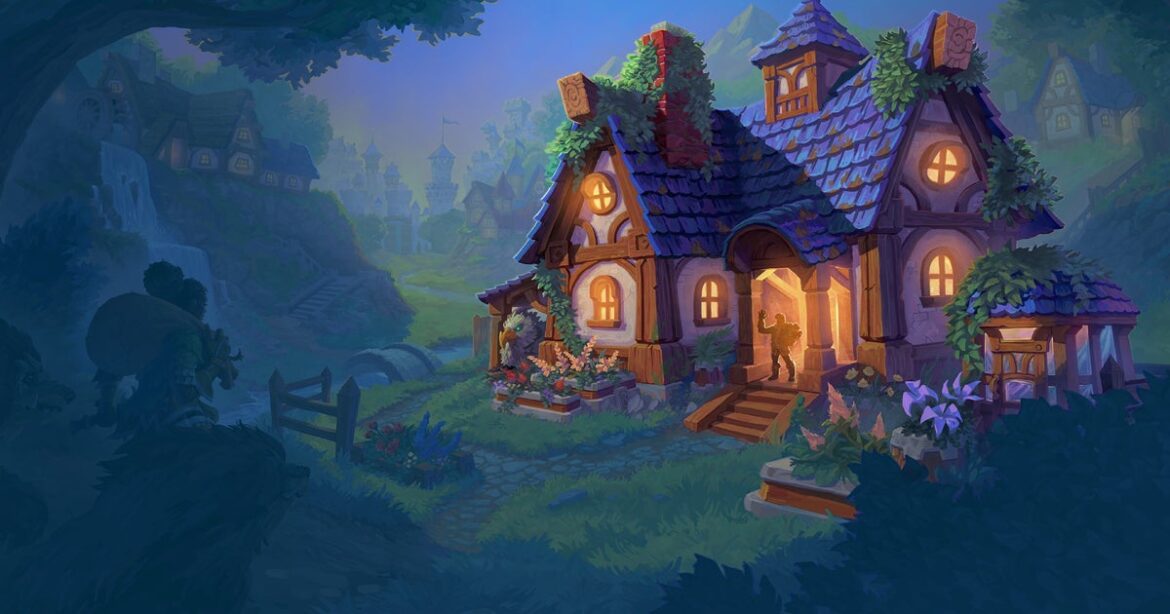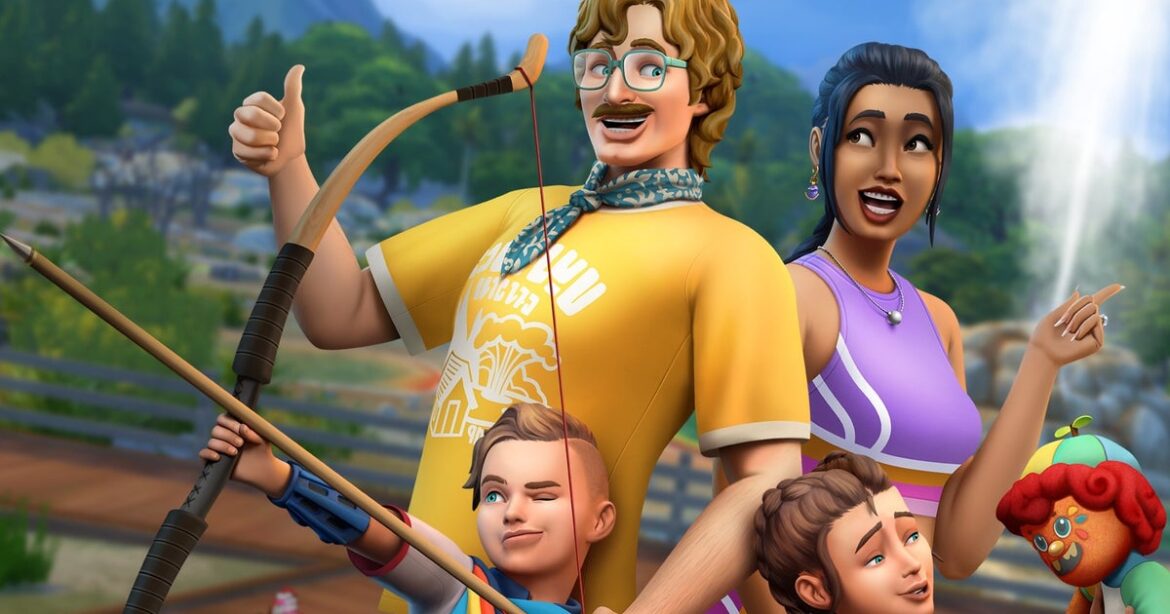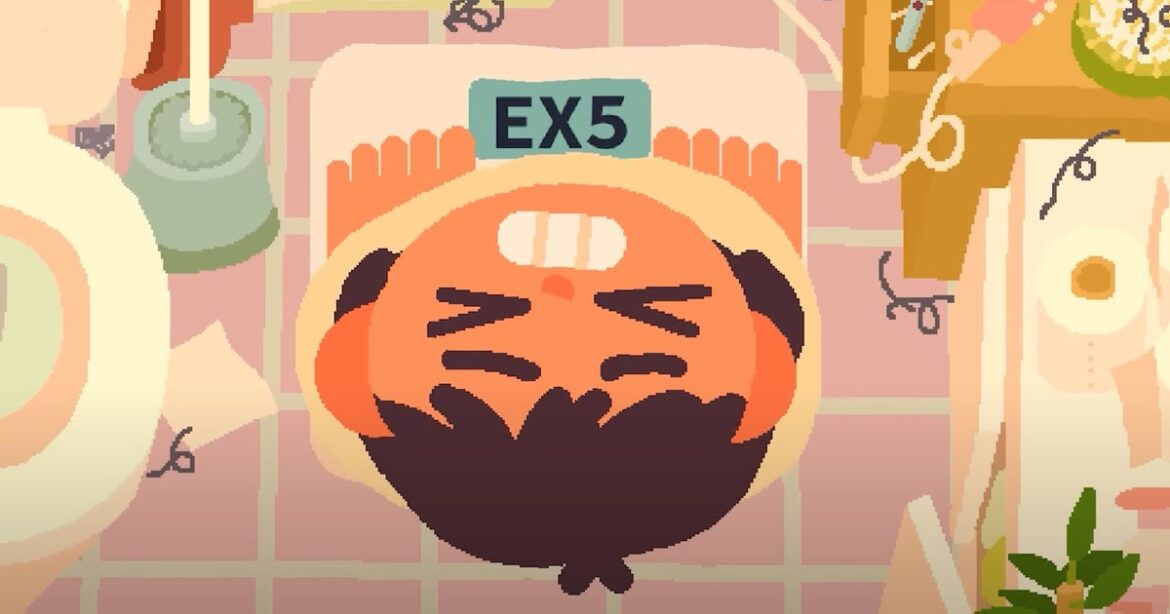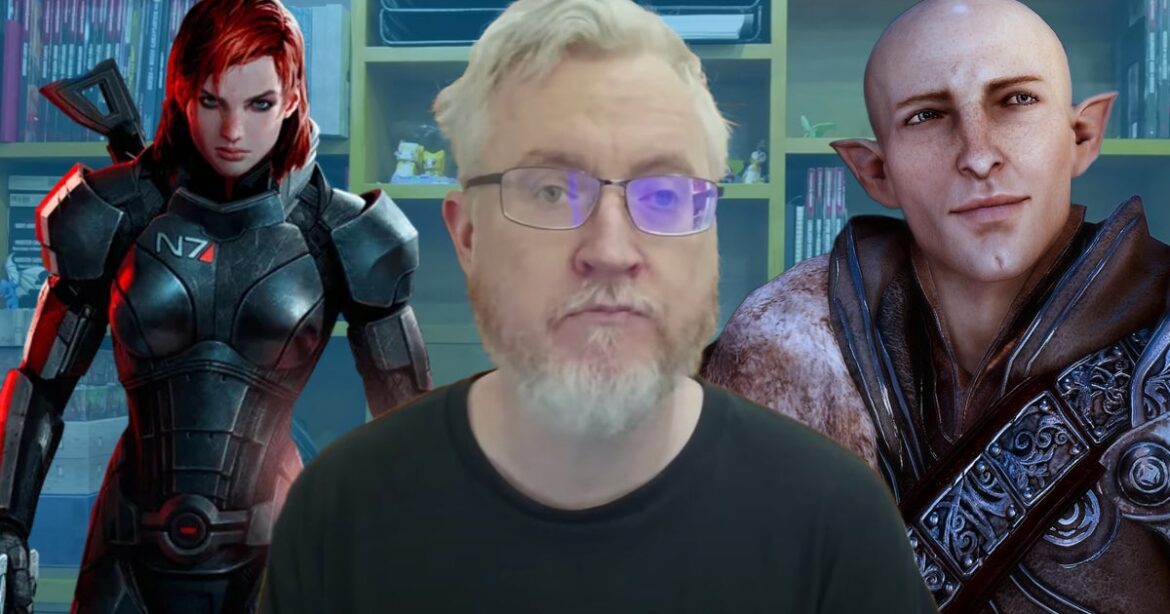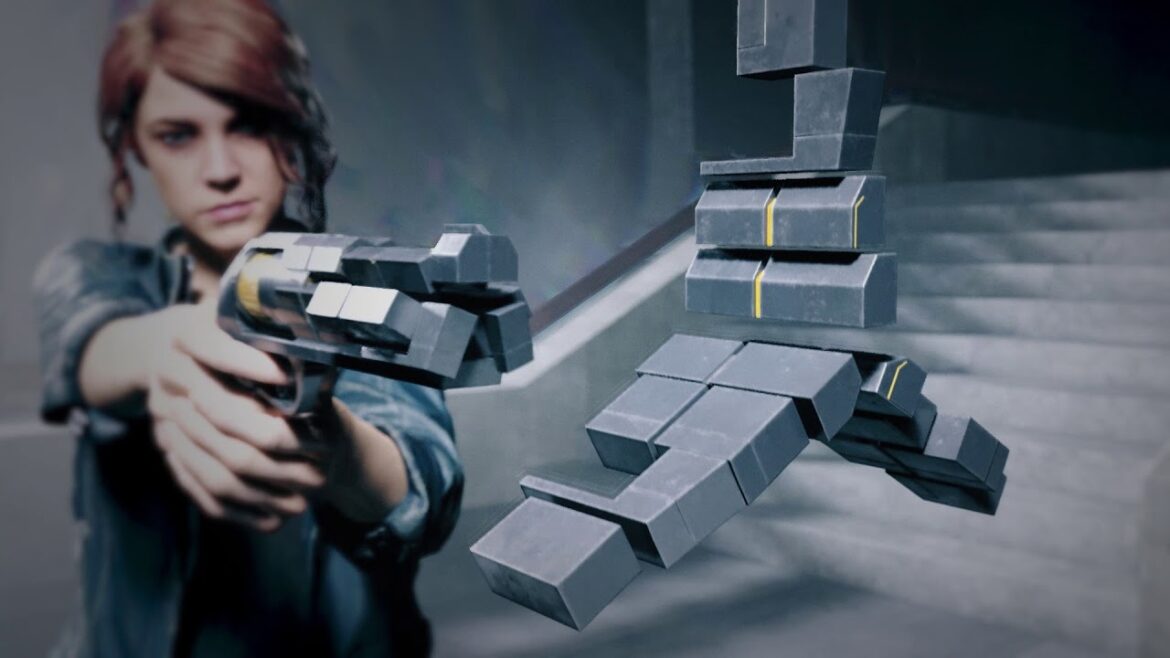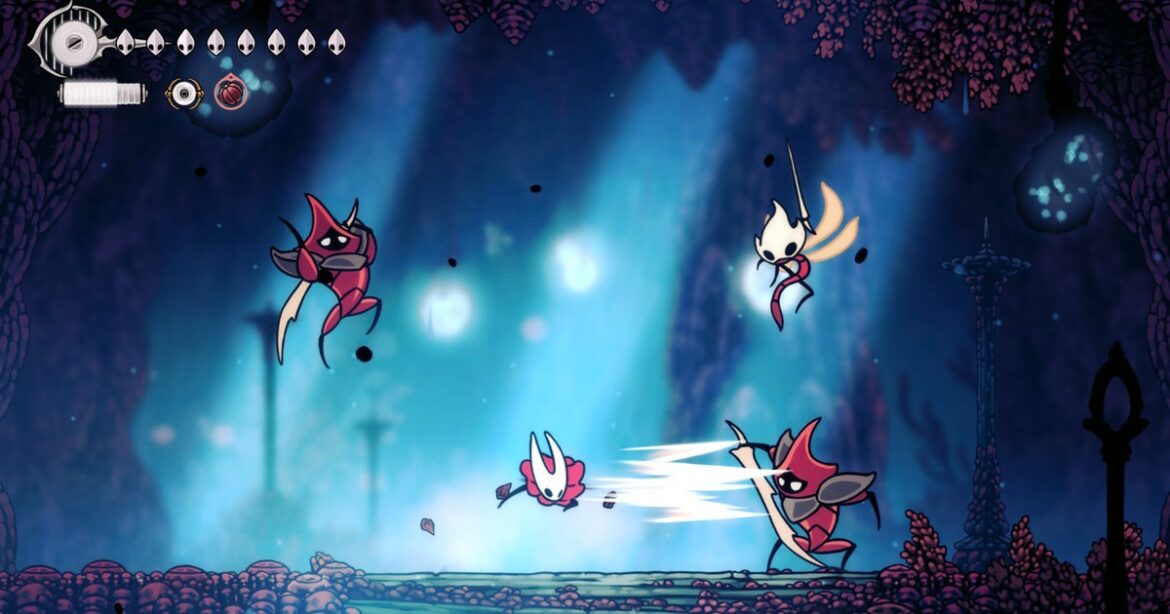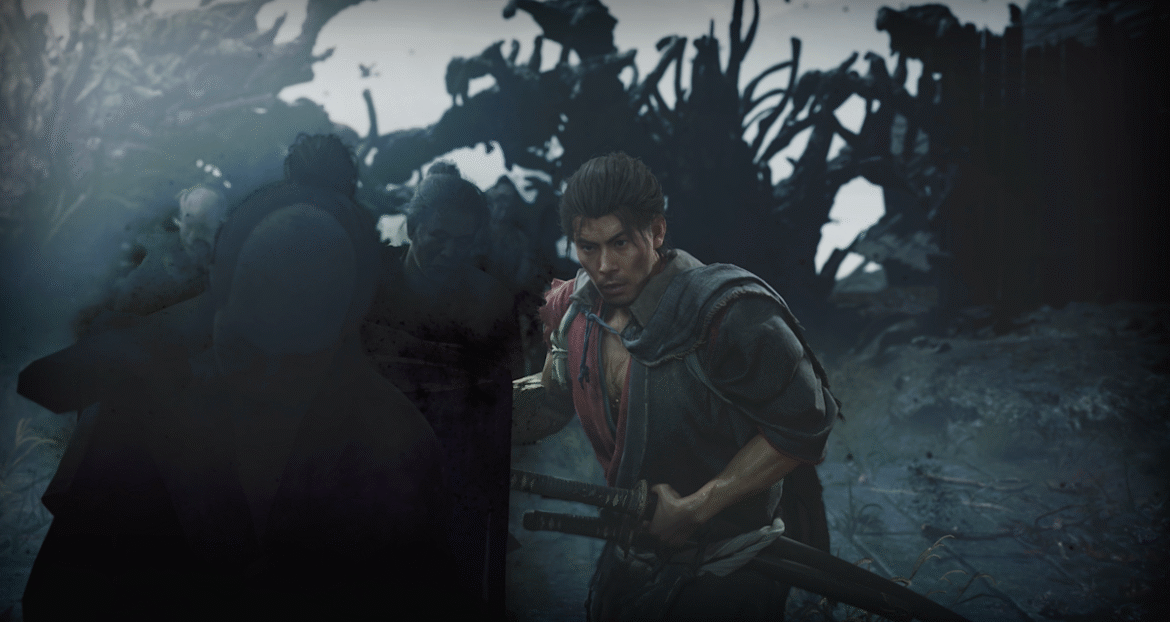If you’ve played World of Warcraft at any point during its modern era, after it crossed the threshold from Classic to the MMO monster that is ‘Retail WoW’, you’ll know it’s not the social experience it once was. Better raiding, new lands, vast new adventures, yes, but it’s also a game that has become less collaborative. Many players are an island, separated from their peers.
Enter the upcoming Midnight expansion and this may very well change. You can’t close Pandora’s box, of course, the days of summon stones and server-wide events are long gone. But through housing and neighbourhoods World of Warcraft might teach players how to be social again.
These neighbourhoods are large spaces filled with affordable plots of land where houses can be quickly bought and customised; perhaps World of Warcraft’s most fantastical addition in years. These neighbourhoods can be both private and public, allowing pre-existing Guilds and total strangers to form miniature communities together in a singular digital space.
Watch the World of Warcraft: Midnight gameplay reveal here.Watch on YouTube
“I think we always knew we wanted to have neighbourhoods, or at least from a very early point,” associate game director Paul Kubit told Eurogamer. “We didn’t want you to just be locked in your own house, doing your own stuff all the time. You can hang out there for a long time, for sure, but we wanted the game to nudge you like, ‘hey, if you want some cool rewards, step outside and interact with your neighbours’ and so on.
“I think one of the watershed moments for us is when we said ‘neighbourhoods should be guilds and guilds should be neighbourhoods’. We already have these strong social groups that people enjoy spending time in, and early on I don’t think we made that connection that they should be tied quite closely together. They don’t have to be, of course: you can have a charter neighbourhood, you can live in a public neighbourhood.
“If you are already in a guild of folks who are interacting with one another, this is a cool opportunity to take that relationship that might be focused on raids or PvP or whatever, and you’ll be able to cohabit a space. You’ll be able to see how I decorate my front yard, and it’ll add opportunities to roleplay where our game hasn’t always had lots of open invitations to roleplay. When you’re in a neighbourhood, it makes you want to [do more of that]!”
The question then is, well, what do neighbours actually do with each other? Once they set up their homes, what’s to stop them from teleporting in and out of their abode without so much as a /wave, or a /spit when someone puts up a gaudy fence the estate doesn’t like? The answer, per Blizzard, is Endeavors: monthly events that thrust an entire neighbourhood out into the world to complete events for a chance at that WoW catnip – sweet loot and unique rewards.
Kubit elaborates on the feature and its inspiration: “I think the trading post is a pretty good touchstone for the type of activities endeavours provide, and it’s a wide breadth of activities too. Is it casual, is it hardcore? It’s both!
“You can advance your neighbourhoods by doing simple things like questing, killing, gathering herbs. Most of this will take place in the old world (referring to older zones from previous expansions), or pretty much all of it! That content will scale to your level, and you’ll be able to hang out with NPCs there, kill creatures, hunt rares. Depending on where you go, the gameplay will differ, then you come back and get some cool items for your house.”
This all sounds lovely, but when you bring players together like this, you risk clashes. Like any real neighborhood, gripes bubble up. ‘I don’t like the way Grogmar’s house looks, why would he dye his table that way, gosh.’ How exactly will Blizzard deal with the newfound threat of Azeroth NIMBYs and neighbourhood drama?
“It’s kind of a sociological experiment, right? We do know a lot of folks want to make sure their neighbourhood looks one way or another” Kubit explains. “Ultimately, we’re giving players a lot of control to do what they want to do. This extends not only to how you customise your health, but also the neighbourhood you want to live in. With that power comes… We’ll see how players handle it. Obviously there’s the terms of service, so as long as players aren’t being jerks to each other… We’ll see.”

